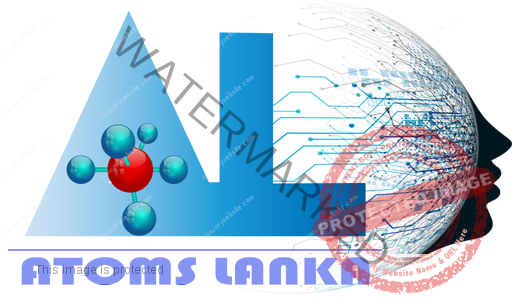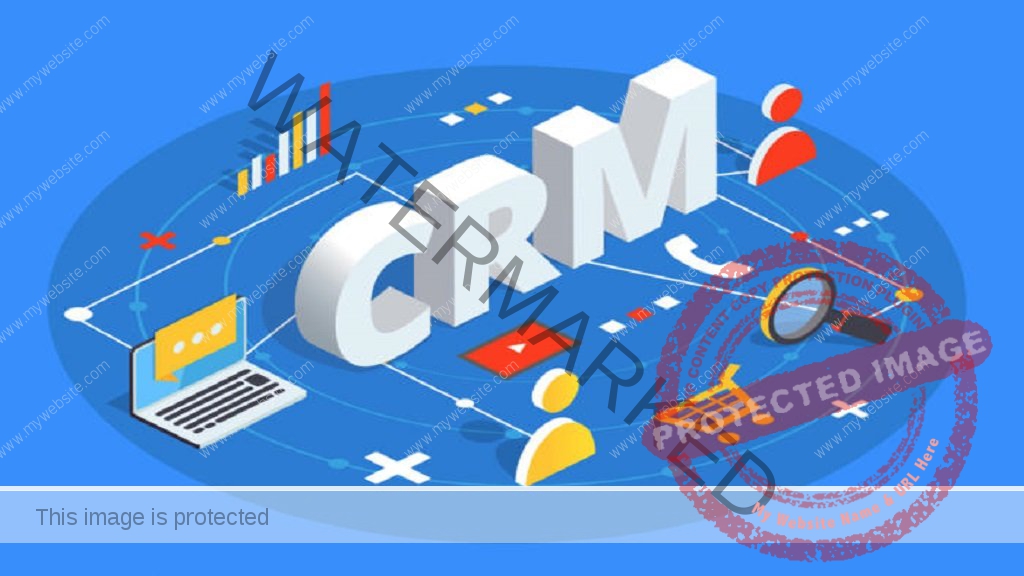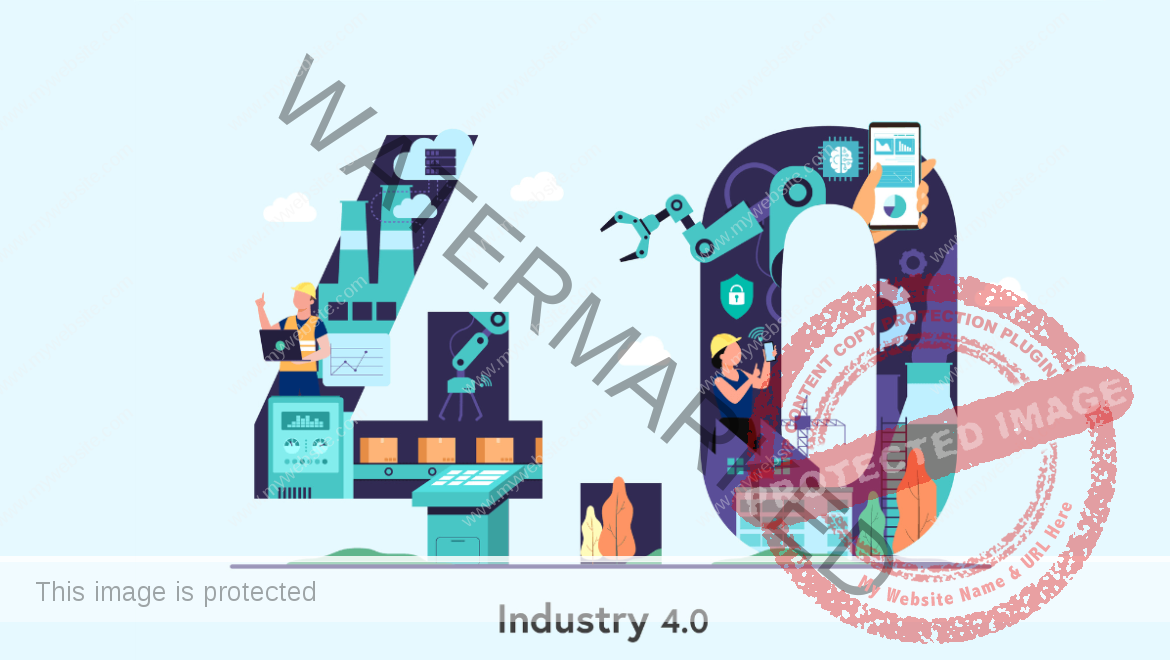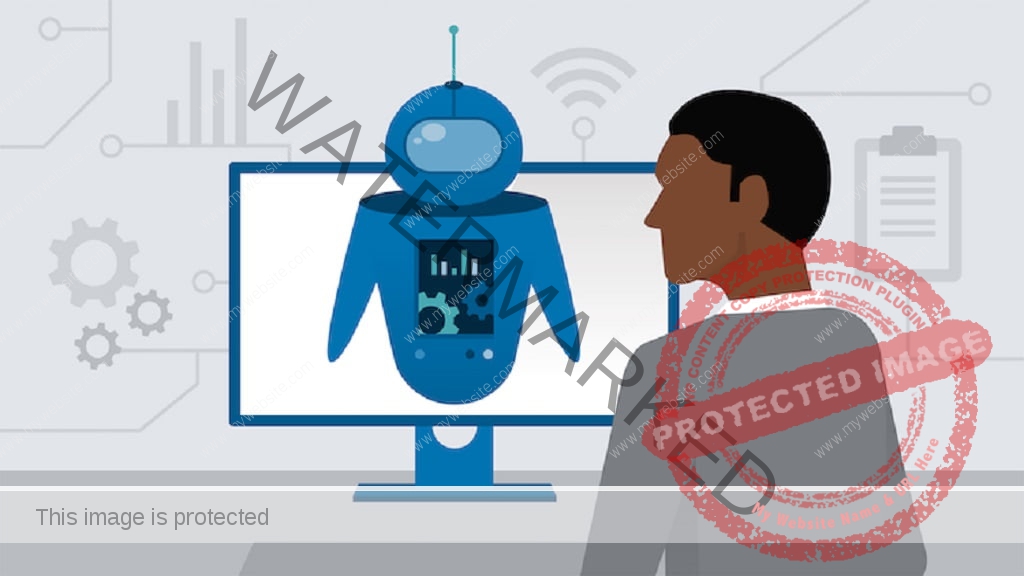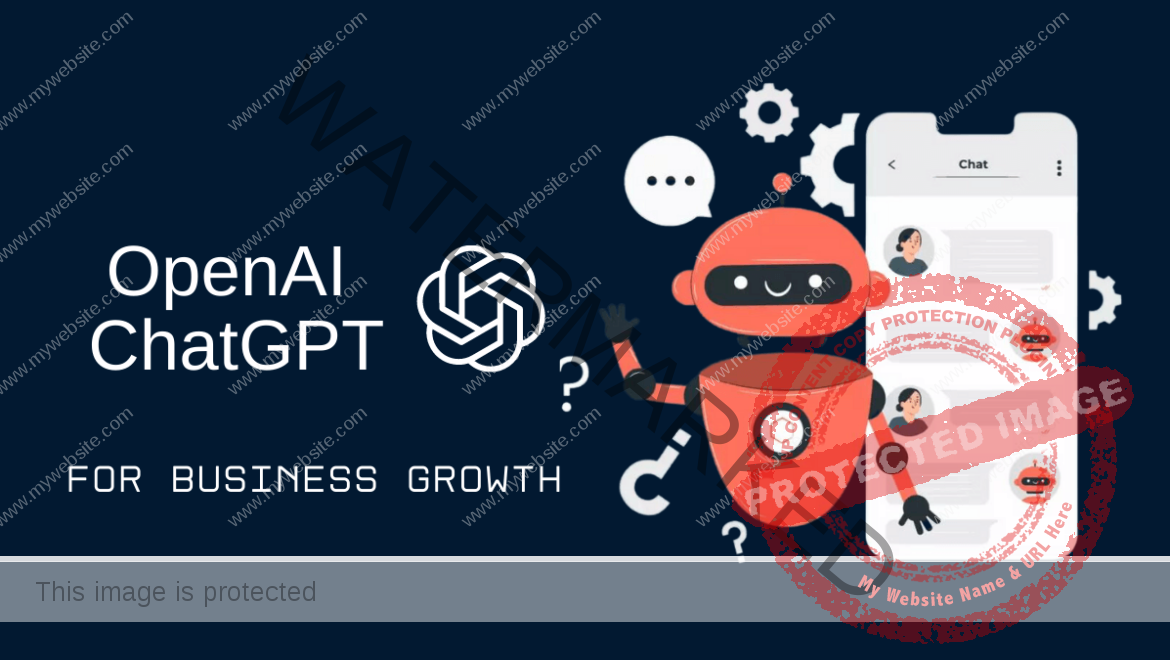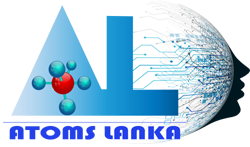Still, looking for a brief guide on ChatGPT? ChatGPT is transforming many fields including IT (Information Technology), healthcare, banking, and many more. In this blog, we discuss ChatGPT in detail. Let us start with learning about what is Open Ai’s ChatGPT.
OpenAI’s ChatGPT is a natural language processing model, designed to process and produce coherent text in response to user input. OpenAI ChatGPT is comparable to other popular chatbots such as google assistant, Amazon Alexa, and Microsoft Cortana. However, ChatGPT stands out from the crowd by utilizing Open Ai’s transformer architecture and massive training to produce text that is contextually relevant and grammatically accurate.
At its core, OpenAI ChatGPT is large-scale. AI-based language techniques to understand and generate human-like text responses. The GPT in the name refers to “Generative Pre-trained transformer”, which is neural network architecture designed to process text data. The Transformer architecture allows the model to consider the context of the user’s input allowing it to produce more coherent and natural responses.
Once pre-trained, the ChatGPT can be fine-tuned to perform various tasks such as customer service, virtual assistance, and conversational agents. Users can integrate the model and respond to user inputs conversationally.
Importance of ChatGPT for Businesses
ChatGPT is one of the modern communication tools used in businesses today. It is an innovative way of connecting people from various parts of the world through instant messaging, voice, and video chats. ChatGPT is rapidly becoming popular in the business world due to its numerous benefits. Now let us explore the importance of ChatGPT to businesses.
The primary significant importance of ChatGPT in business is that it increases communication and collaboration. With ChatGPT, businesses can instantly connect with their employees, clients, and partners from anywhere in the world. This communication of information, ideas, and opportunities within the business environment. Companies can hold virtual meetings, share work files, and send group messages, which boosts team cohesion and productivity. It also eliminates time wastage and reduces the cost of communication in business.
The second importance of ChatGPT in business is that it enhances customer service. Customers are the backbone of any business, and their satisfaction is crucial for business success. ChatGPT provides a platform for businesses to engage with their customers through live customer support, query handling, and problem resolution. Customers can chat in real time with customer service teams that are available 24/7, which translates into excellent customer service. Businesses can achieve great satisfaction scores, better customer experience, and earn brand loyalty by providing prompt and consistent customer support.
The third importance of ChatGPT in business is its ability to improve task automation. ChatGPT helps in automating routine tasks like scheduling appointments, sending reminders, handling administrative tasks, and tracking activities. Automation facilitates efficiency leading to improved employee productivity and the ability to handle other valuable business tasks. Therefore, businesses can optimize their operations, reduce costs, and streamline their working processes.
Applications of OpenAI ChatGPT:
ChatGPT is an advanced AI-powered chatbot that utilizes natural language processing to understand users’ inputs and provide them with the resources they need. Over the years, ChatGPT has revolutionized the way we interact with technology, providing us with conversational interfaces that perform a variety of tasks. Here are some exciting applications of ChatGPT that have impacted various industries and people’s lives.
- Customer support: Many businesses have integrated ChatGPT into their customer support departments to provide immediate assistance to customers. ChatGPT understands customers’ queries and responds with appropriate solutions, thus ensuring customer satisfaction.
- Education: ChatGPT can be integrated into e-learning platforms to provide personalized tutoring to students based on their learning style and pace. Students can ask any question, and ChatGPT will provide immediate answers.
- Mental Health: ChatGPT has proved to be a meaningful change in providing mental health support. The chatbot can be programmed to respond to users’ mental health queries and provide them with resources to help them cope with anxiety, depression, or any other mental health problems.
- Language Learning: ChatGPT enables interactive language practice sessions for non-native speakers. ChatGPT can be programmed to understand various languages, and users can converse with it in the language they are learning.
- HR Assistance: ChatGPT can assist HR departments by providing information about job vacancies, recruitment processes, and employee benefits. It can also be used to conduct paperless interviews, which saves time and resources.
Advantages of OpenAI ChatGPT
ChatGPT offers numerous advantages that can benefit businesses in various aspects. As an AI-powered chatbot, it can provide 24/7 customer support and assistance, which can increase customer satisfaction and engagement. It can also streamline various business processes and improve efficiency by automating repetitive tasks such as scheduling appointments, sending reminders, and answering routine inquiries. Additionally, ChatGPT’s natural language processing capabilities enable it to understand and interpret a wide range of queries, making it a valuable tool for data analysis, research, and decision-making. Overall, ChatGPT can help businesses save time and resources while enhancing their customer experience and operational excellence.
Let us understand all the advantages in detail:
1. Instant Messaging Platform:
It is an excellent tool for businesses to improve communication between team members and interact with customers. This platform provides numerous benefits, which lead to the growth of businesses. It allows businesses to have real-time conversations with their customers. Customers can ask questions, make orders, and get the information they need instantly.
2. Secure Platform:
It provides a secure platform for conversations. Businesses can communicate with customers without worrying about fraudulent activities or security breaches. This platform has advanced security features that protect data, user details, and conversations. This feature ensures that businesses can continue to communicate with customers without worrying about any security issues.
3. Customer Preferences:
It allows businesses to collect data on customer experiences and behavior. This data helps the business understand the needs of the customer and tailor their products and services accordingly. By collecting data, businesses can identify areas that need improvement, and produce solutions to enhance their services, leading to better customer satisfaction.
4. Team Collaboration:
It is an excellent tool for team collaboration. Team members can communicate with each other in real-time, discuss ideas, and much more. This feature enhances teamwork, which leads to increased productivity, better decision-making, and better execution of tasks.
5. Automate Conversations:
It provides businesses with the ability to automate certain conversations. For example, customers may ask questions that are frequently asked, and businesses may be required to provide the same answer repeatedly. With ChatGPT, businesses can automate responses to their questions, which saves time and resources.
Architecture of ChatGPT
ChatGPT is an artificial intelligence-based conversational agent that has the potential to revolutionize the way people communicate with machines. Its architecture is a complex network of various submodules, which are specifically designed to perform different tasks that enable ChatGPT to generate human-like responses to user inputs.
The core of ChatGPT’s architecture is its natural language processing modules, which enable it to understand and analyze the user’s inputs.
This module is designed to perform various tasks such as tokenization, part-of-speech tagging, and named entity recognition. Tokenization is the process of breaking down the user’s input into smaller units called tokens, while part-of-speech tagging is the process of identifying the kind of word it is (Noun, verb, adjective, etc.) Named entity recognition is the process of identifying specific entities such as names, places dates, etc.
The next module is the contextual embedding module, which is responsible for contextualizing the user input. This module is designed to capture the context within which a particular word or phrase is used, which is critical to understanding the meaning of the input.
Once the user’s input has been processed by the NLP and contextual embedding modules, the next step is to generate a response. This is where the language generation module comes in. This module is responsible for taking the user’s input and generating a response that is both relevant and coherent. It leverages a language model.
Finally, there is a dialogue management module, which is responsible for managing the overall conversation between the user and ChatGPT.
In terms of how it works, ChatGPT’s architecture is based on a deep learning paradigm known as neural networks. Neural networks are a set of algorithms inspired by the human brain, which is specifically designed to perform complex tasks like image and speech recognition, natural language processing, and more.
Training and Fine-Tuning OpenAI ChatGPT
Training and fine-tuning are essential aspects of ChatGPT. ChatGPT uses deep learning and neural networks to generate human-like responses to diverse input.
These processes involve training the model on large datasets of conversation data, refining its parameters, and hyperparameters, and optimizing its performance through interactive feedback loops. Through this approach, ChatGPT can learn from examples and improve over time, enabling it to respond to a wide range of queries, generate coherent text, and engage in meaningful interactions with users.
At its core, training refers to the process of teaching a machine learning model to recognize patterns and make predictions based on the data inputs. In the case of ChatGPT, training involves feeding the model with large datasets of conversational data, such as social media conversations, online forums, chat logs, and customer support interactions. These datasets provide a rich source of linguistic and contextual information that the model can use to learn how to generate text that sounds natural and coherent.
Training a large model like ChatGPT requires a significant amount of computational power of resources. The model needs to learn how to generate text that not only makes sense but also follows the rules of grammar, uses appropriate vocabulary and aligns with the context of the conversations. To achieve this, ChatGPT uses a technique called unsupervised learning. This approach allows the model to discover patterns and relationships within the data on its own, without being explicitly told what to look for.
Fine-tuning helps the model adapt to the nuances of different domains and improve its accuracy and efficiency. The process involves modifying the model’s architecture, hyperparameters, and training data to fit the specific requirements of the task at hand. This may involve adjusting the learning rate or adjusting layers to the architecture.

How to Integrate OpenAI ChatGPT into Your Business?
ChatGPT can be integrated into any business to improve customer service and operational efficiency. By adopting this advanced technology, a business can boost its growth by providing timely and personalized support to its customers.
To integrate ChatGPT into your business, take the following steps:
1. Identify the areas where ChatGPT into your business.
The first step toward integrating ChatGPT into your business is to identify where it can add value. ChatGPT can be used to provide customer support, answer frequently asked questions, guide users through complex processes, and collect data from customers. Determine which of these areas are most pressing for your business and where ChatGPT can make the biggest difference.
2. Set up ChatGPT for your business.
Once you have identified the areas where ChatGPT can add value to your business, it is time to set it up. To use ChatGPT, you need to create an account and provide basic information about your business. Afterward, you can customize the bot to suit your business needs by setting up predefined responses to common queries, adding a unique personality to the bot, and ensuring that the bot knows your business.
3. Test ChatGPT thoroughly
After setting up ChatGPT for your business, it is crucial to test it thoroughly to ensure it is working correctly. You can try out different scenarios and queries to make sure that the bot is responding appropriately.
4. Promote ChatGPT
To get customers to start using ChatGPT, you must promote it. make sure that customers are aware of its existence by putting up notifications on your website, social media channels, and marketing materials. Encourage your customers to use ChatGPT by offering incentives.
5. Continuously Refine and Optimize ChatGPT.
This ultimate step is to refine and optimize ChatGPT continuously. Use the data collected from ChatGPT to identify areas where your business can improve. Monitor the intelligent chatbot’s performance regularly to ensure that it is still meeting your business objectives.
Integrating ChatGPT into your business can be a game changer. By automating customer support, answering frequently asked questions, and guiding users through complex processes, ChatGPT can help businesses provide timely, personalized support to their customers. To integrate ChatGPT into your business, you must identify where it can add value, set it up, test it, promote it, and continuously refine and optimize it.
Best Practices to use OpenAI ChatGPT:
1. Providing clear and concise responses
ChatGPT is one of the most reliable and efficient communication platforms available in the market today. It is a platform designed to cater to the needs of people who require concise and clear responses. ChatGPT is an intuitive and user-friendly platform that has been designed for people who want quick and accurate answers to their queries.
The platform was created to provide a seamless conversational AI (Artificial Intelligence) experience for individuals who require assistance with a particular topic. It provides clear and concise responses that are easy for individuals to understand. The main advantage of using ChatGPT is that it simplifies complex topics and provides straightforward responses to complex questions.
One of the key factors that differentiate ChatGPT from other platforms is its use of AI-powered technology. The platform uses natural language processing (NLP) algorithms to decode client questions and provide tailored responses. Through this technology, individuals can interact with the platform conversationally, mimicking a natural conversation between individuals.
ChatGPT also encourages a diverse team of experts working in various fields such as business, technology, science, healthcare, and others, to provide timely and accurate information to individuals. These experts ensure that responses provided by the platform are relevant, up-to-date, and free of any discrepancies.
Individuals today have a short attention span and are easily overwhelmed; therefore, ChatGPT ensures that conversations are delivered briefly and straightforwardly. The platform eliminates lengthy explanations or irrelevant information that may lead to confusion. Its ability to deliver sharp and concise responses is unparalleled.
It provides 24/7 service availability, allowing people from various parts of the world to access information anytime. With its efficiency and reliability, individuals can trust ChatGPT for personalized, instantaneous, solutions to their queries.
2. Monitoring and improving the quality of responses
ChatGPT is one such chatbot service seeking to improve the quality of its response. ChatGPT uses AI-powered chatbots that aim to increase customer satisfaction by delivering fast, personalized, and accurate responses.
One of the ways ChatGPT is improving its response quality is by training its chatbots with machine learning algorithms. Machine learning chatbots are designed to learn from every interaction, which enables them to provide more accurate responses. As the chatbots receive more data, they become more intelligent and have more data, which enhances the accuracy of their responses.
Another way ChatGPT is improving its response quality is by incorporating natural language processing (NLP) technology into its chatbots. NLP technology enables ChatGPT chatbots to understand and interpret the customer’s query, even if the customer does not articulate their request straightforwardly. This provides the customer with a more personalized experience, as they feel that the chatbot understands their specific needs.
ChatGPT is also available for assistance where necessary. Although ChatGPT chatbots are designed to handle most customer requests, some issues may require human intervention. For example, complex issues such as billing, and other technical issues may require a customer service representative to provide tailored assistance. By providing human support, ChatGPT ensures that its customers receive a prompt and satisfactory resolution to their issues, thus improving the quality of its responses.
ChatGPT is constantly looking for ways to enhance the quality of its responses. Through machine learning, NLP technology, human assistance, user feedback analysis, and continuous improvement techniques, ChatGPT is set on delivering fast, personalized, and accurate responses that increase customer satisfaction. By continually improving its response quality, ChatGPT is well-positioned to stay ahead of its competitors and attract more customers.
3. Ensuring ethical and responsible use of ChatGPT
In today’s digital age, communication technology has become an integral part of our lives. The arrival of numerous messaging and chatting applications, including ChatGPT, makes communication much more accessible than it used to be. Like all other digital platforms, the use of ChatGPT must adhere to ethical and responsible guidelines for its users. There are certain factors to consider when ensuring responsible and ethical use, including maintaining online privacy.
Preserving online privacy is a crucial aspect of the ethical use of ChatGPT. As users chat online, they must be cautious about what they discuss and share with others. All chats in ChatGPT must be kept confidential and should never be shared beyond the platform without prior approval. On the other hand, users must also be careful to secure their personal information, which includes their contact details and any other personal information.
Finally, observing cyber laws is critical to the ethical and responsible use of ChatGPT. All users of the platform must adhere to the cyber laws of their country to ensure that they do not infringe on the rights of others or violate the laws of their state. This includes avoiding fraudulent activities, privacy, hacking, and other illegal actions that endanger the security of others.
Ethical and responsive use of ChatGPT requires diligence and adherence to guidelines. By maintaining online privacy, avoiding cyberbullying, and observing cyber laws, ChatGPT will remain a safe and secure space for all users. As we embrace this digital age, it is crucial to ensure that we use communication tools like ChatGPT in a positive way to keep the internet community safe.
4. Combining ChatGPT with Human Support
The primary benefit of ChatGPT is speed and efficiency. The chatbot can handle multiple customer queries simultaneously.
Combining ChatGPT with human support allows businesses to mitigate the limitations. Human support can handle the more complex queries that ChatGPT cannot, providing personalized responses that address the specific needs of the customer. For example, a customer may be having trouble navigating a website or product feature despite ChatGPT’s efforts to guide them. In such scenarios, human support can step in and provide detailed instructions, or even a walkthrough to ensure that the customer’s problem is resolved.
In addition to providing personalized support, human support allows businesses to build stronger connections with their customers. By interacting with a human representative, customers feel valued and appreciated, which in turn leads to greater satisfaction and loyalty.
Furthermore, human support can help businesses understand their customers better by gathering feedback and insights that are difficult to obtain through automated channels. This information can be used to improve product or service offerings, refine marketing strategies, and enhance the overall customer experience.
How does OTS help to build a custom application for you like ChatGPT?
Here are some factors for choosing us.
- Experience: Our team possesses 20+ experiences in software development with experienced developers, designers, and project managers.
- Technology and tools used: We access the latest tools and technologies needed to develop an application like ChatGPT.
- Customization options: We provide customized applications based on your business requirements.
- Support and maintenance: We provide timely support and maintenance services whenever you face any issues with your application.
Selecting a company for Chatbot Development Solutions for Business is crucial. With us, building an application like ChatGPT can be seamless, and efficient, and result in a high-class quality application that meets your unique business requirements.
Conclusion:
We hope this blog is helpful to you. We cover ChatGPT architecture and its working. Open AI ChatGPT is a highly advanced AI-based language model designed to produce natural and coherent text in response to user inputs. Its transformer architecture allows it to produce relevant responses. Its model is highly scalable and can be fine-tuned to perform various tasks.
Ready to develop your own AI-powered chat application?
Discover how our expert development team can bring your vision to life and create an innovative chat application for your business.
Get Started Now
Frequently asked questions:
1. What is the difference between ChatGPT and other chatbot platforms?
ChatGPT is a machine-learning model that has been trained to generate a response like a chatbot. Whereas chatbots have been designed to assist businesses. They are primarily built to respond to user queries.
2. What languages does ChatGPT support?
List of the languages supported by ChatGPT:
- English.
- Spanish.
- Russian
- German.
- French.
- Italian.
- Portuguese.
- Dutch.
3. Can ChatGPT be customized to fit the tone and brand of my business?
Yes, you can train to generate responses that signify your brand’s tone and voice.
4. What level of technical expertise is required to integrate ChatGPT into my business?
It requires professional development skills to integrate ChatGPT into your business.
The post A Comprehensive Guide to OpenAI ChatGPT: What It Is & How It Can Help Your Business? appeared first on OTS Solutions.
Atoms Lanka Solutions
